The roots of this plant were already used in ancient times by the Egyptians, Indians and Persians for dyeing wool and silk.
Famous painters from the 17th century, including Rembrandt van Rijn, used madder to make paint.
In 1700 the plant also came to Europe, where the Netherlands was even the main supplier in Europe for a period.
Madder is also called dyers madder or rose madder and has been the king of grand teints for hundreds of years.
The plant grows well in moist clay soil and grows to a height of about 1 meter and the rhizomes stick up to 1 meter into the ground.
After three years they contain enough dyes to be harvested.
The dyes alizarin and purpurine are extracted from the red-brown roots and give an intense deep red-orange color.
This is one of the products for natural dyes, which are described in Anja Schrik’s book Eco-paint.
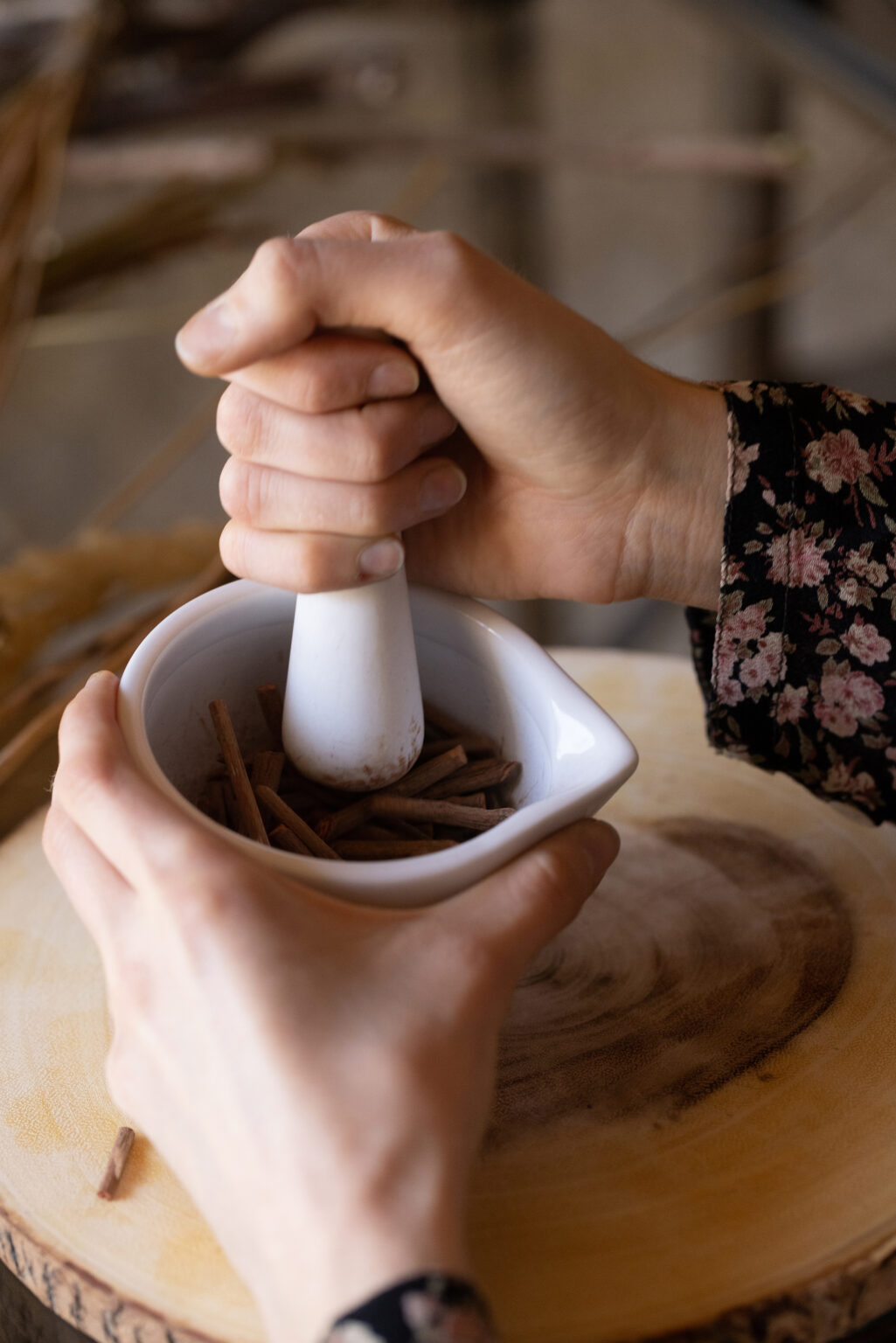
Basic recipe for 100 grams of wool, silk or cotton.
Supplies:
Step 1: Wash (only if you are going to dye cotton, skip step 1 if you are going to dye wool or silk)
Fill a bucket with plenty of water and 2 cups of household soda and leave your cotton in it for 24 hours. Rinse well the next day.
Step 2: Mordanting
Bring plenty of water to a boil in a large saucepan and add the alum and tartaric acid. Stir well.
Bring to 80 degrees (not warmer) and add the fibers. Let it simmer for over an hour.
Then let the fibers cool down slowly in the pickling bath. You can leave this overnight or get started once cooled down.
Step 3: dye
Soak the dried madder in plenty of water for at least 48 hours and then pour the infusion through a washing bag into the dye pan. You can leave the madder in the laundry bag in your dye bath while dyeing. Make sure that the fibers can ‘swim’ well.
Bring your dye bath to 80 degrees and let it simmer for an hour.
Lower the temperature to 30 degrees and add the wool, silk or cotton. Bring the temperature back to 80 degrees and let it simmer for an hour.
Allow the fibers to cool slowly in the dye bath.
Fixate:
Rinse your fiber well and let it sit in a bucket with 1 cup of vinegar for an hour. Then rinse and hang to dry.
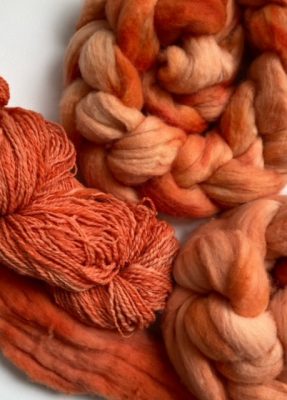

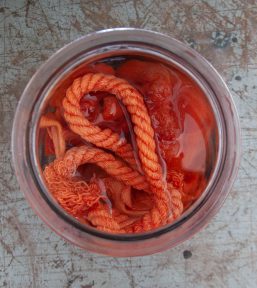
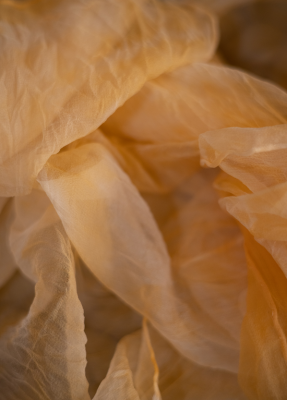

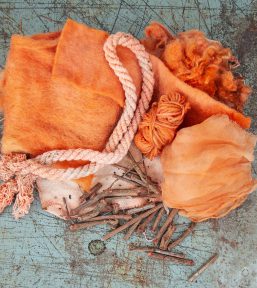
Why do I get orange tones instead of deep red?
When dyeing with madder you have many variables to work with, the acidicity of the dye bath, the temperature of the dye bath the amount of dye material the soak time of the dye bath and the time the material stays in the dye bath.
Of these the temperature or acidity is the most common problem when getting orange tones when you want red tones.
Make sure your dye bath does not go over 80 degrees celcius and add some iron sulfate to your dye bath to make the color deeper.
Also, remember that sometimes a good orange is exactly what you need!
How long do I soak my madder?
It depends on the size of the madder roots and wether they are crushed, powdered or roots. We advice to soak our roots 48 hours and you can safely do it longer if you are aiming for darker tones. Some dyers leave their madder soaking for a week when they are working with whole roots.
What can I dye with madder?
Any natural fiber that is calulose (plant) based or proteine based should work. This includes flax, linen, cotton on the celulose part and wool and silk on the proteine part.
Synthetic fibers are never dyeable with natural dyes,.
Can I store a madder dye bath?
Yes you can! If you seal it without a lot of oxigen it will stay good for weeks. If there is oxigen you might get mold on top of it, but you can scoop it off and it will not affect your dye-bath too much.
Natural dyeing can seem overwhelming sometimes. If you want to dive in straight away and learn as you go we advice you to consider our Oogst Sampler Starterkit. This set contains three dyes and a plethora of materials to dye with these three dyes. You get step-by-step instructions that walk you through the process and it serves as a primer on natural dyeing.
Wezenland 1
1791 AZ, Den Burg
Texel, The Netherlands